From the right choice of the beekeeper, the bees depends a lot: their survival in certain climatic conditions, labor productivity, the amount of collected honey and, as a result, the amount of profits from the sale of the product. In this article we will tell, what are bee breeds and what their main features consist.
How to choose a type of insect
Bees living for a long time in certain territorial and climatic conditions, under the influence of the surrounding factors are naturally selected. The most persistent individuals survive and give offspring - with the course of time the breed is formed. Each type of insect differs from the other by a number of signs: size, color, endurance, fertility, moral, productivity and predisposition to rose.
So, what moments need to be taken into account by defining with the view of the bees for their apiary:
- First of all, the climatic conditions should be taken into account in which individuals will live. If the beekeeping economy is located in northern latitudes with long and frosty winter periods, then the southern insect breeds are better not to choose. For example, mountain Caucasian bees are less adapted to accommodation on a cold climate, while the Central Russian breed can carry frosts in half a year.
- Each of the types of honey bees works in different ways on a certain bribe. For example, the middle-Russian collect the maximum nectar at a rich short bribe from one plant, but the Caucasian largest productivity is shown in a meadow, where a variety of different colors give a small amount of nectar.
- Selecting bees for his apiary, it is worth thinking about the characteristics of honey that you want to produce. There is such a concept as Florospecialization is the ability of insects to collect bribes with certain plant species. The rocks that take the nectar from the same colors until they are completely filled with a good monoflore honey. If bees work over different plants, then the product is obtained by combined, i.e. Consists of nectars of many different cultures.
- An important moment when choosing a breed is a flap of bees. If the beekeeper wants to work in calm conditions and not fear for his health, he should give preference to peace-loving insects.
- The ability to rose in different species is also different, but this characteristic is not particularly important, since the methods of beekeeping help to regulate the soot of artificially.
- But vitality is an important sign of the breed. Multi-Russian bees are considered to be most resistant to different diseases that are little susceptible to the rotz, ackoperose and pada toxicosis.
Breed bees
Middle Russian breed of bee
The main characteristics of this species are as follows:
- The medium-Russian individual is characterized by a large body of dark gray, in the color is practically no yellowness. The length of the trunk is 6-6.4 mm. The fetal uterus weighs about 200-210 mg and is able to postpone up to 2500-3000 eggs per day.
- Since the nature of the breed is the countries of the northern part of Europe, such insects have a good winter hardiness, endurance, as well as great performance. As already mentioned, this type of bee is less than others are subject to different diseases.
- Maximum number of nectar Mechanical bees brought during the main hydrolection.
- It should be said that the breed under consideration is practically not inclined to theft, but the middle-Russian bees are poorly protected from the thief their own nests.
- This specification has a high predisposition to the creation of ROOFs, and therefore, the beekeeper will have to take various anti-heel methods at its apiary.
- The Central Russian breed is not too evil, but it does not accept the coarse and inaccurative work of the beekeeper.
Breed bees, photo:
Gray Caucasian bees
This breed is distinguished by the following characteristics:
- These immigrants from the Caucasus can now be found not only in Russia, but also in many foreign countries. The physical characteristics of the bees are as follows: the length of the trunk is 6.6 - 7.1 mm, the weight of the fruit uterus reaches 200 mg, and the usual working bee is about 90 mg. During the breeding period, the uterus can postpone up to 1500 eggs per day.
- The Caucasian breed is characterized by a high predisposition to the bee attack, it protects its own nests from the encroachment of strangers.
- The main feature of this species is in its friendliness. This greatly facilitates the work of the butter, because when inspecting the hive, his pets behave calmly and do not interrupt their activities even on the constructed framework.
- Caucasian bees are valuable with their ability to collect nectar from various plants, quickly switching from one honey to another. From a practical point of view, this feature is a big plus, because thanks to her insects can show good performance in any period of the medical harvest season.
- This breed is not too inclined to roll, but even during this process, Caucasian bees do not slow down the rates of feeding of young, the collection of nectar and the construction of nests.
- This variety of insects is not very winter-resistant, so it is not recommended to breed it in a harsh cold climate. In addition, Caucasian bees are larger than national averages are subject to diseases such as Gnilets and nosematosis.
Yellow Caucasian breed
- This species is common in Armenia, Georgia, Azerbaijan, as well as in the north of the Caucasus. The color of the bee body combines gray and yellow tones. The trunk is about 6.5 - 7 mm in length. A fetic part is able to postpone up to 1,700 eggs per day during active breeding.
- This breed is perfectly survived in hot and arid areas, but poorly tolerates cold. In the winter months, insects need to perform frequent cleaning prices.
- Yellow Caucasian bees with moderate activity pianic. They are kind of kind in relation to the butter, but they can attack other bees.
Breed bee Karnika
- The second name of these insects is Krain bees. Their body is characterized by gray with a silver tide, and the size is the average value between the indicators of the large middle Russian rock and the gray Caucasian.
- Krui bees are capable of finding regular sources to collect nectar quickly and efficiently. They are more adapted to the cold, rather than Caucasian, and not too prone to various diseases.
- This breed refers to peace-loving and rotates infrequently. Among other things, such bees develop quite early, which makes them the main pollinators of fruit gardens in the spring.
Italian bees
- This breed is distinguished by a beautiful yellow torso and a high fertility of the queen. In the active phase of reproduction, the beework can postpone up to 3,500 eggs.
- This species of insects are little susceptible to various diseases, is not very angry and rarely wound.
- I find out for yourself a mandrel plants, they can quickly move from one culture to another.
- Italian bees are clean. They do not accept development in the nests of wax moths and most of all other breeds are resistant to European rot. But this specification is subjected to nose and a paddle toxicosis.
- As for climate - for this species, northern latitudes will not suit, since Italian bees do not tolerate cold.
- It should be said that these insects are prone to theft, but they protect their own nests rather actively.
Ukrainian steppe bees
- This species is a southern relative of the Central Russian breed. The color of the body is gray, the sizes of the body are inferior in the magnitude of the average Russian bees, but the trunk of the Ukrainian bee is longer.
- As for the sustainability of frost and disease, fertility and efficiency of work, then in this regard, this breed is almost no different from its relative. True, Ukrainian bees are not as inclined to roll and possess a calmer temper.
Kuban breed
The main distinguishing features of this variety are as follows:
- The Kuban bees are warmly loving and poorly carry frost.
- In the winter months, they often make cleaning villages.
- Such insects are kind, but poorly perceive new uterus sitting in the nest.
Breed bees, video:

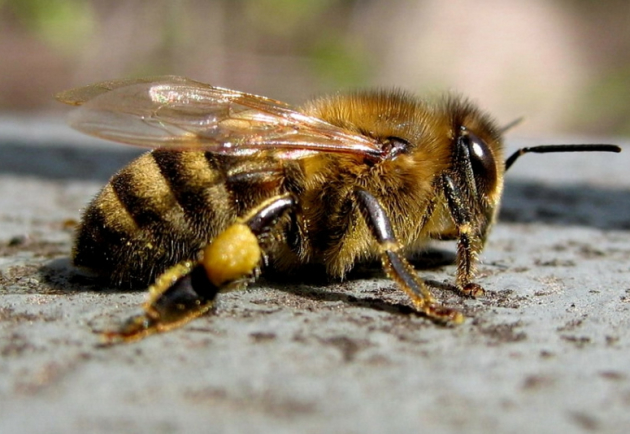
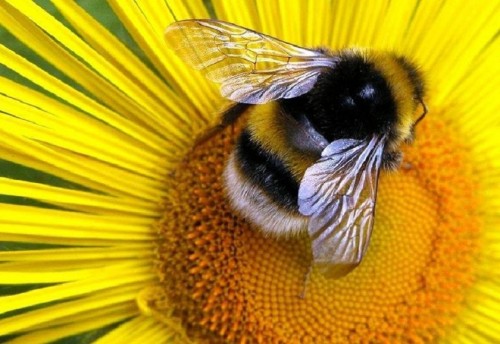

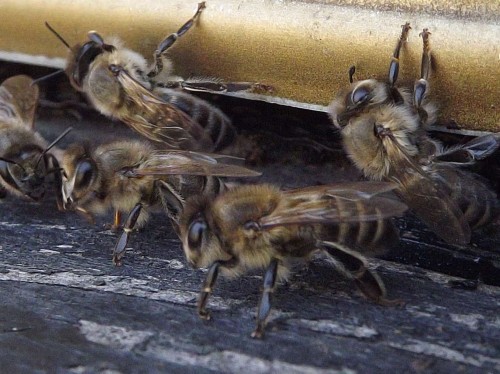
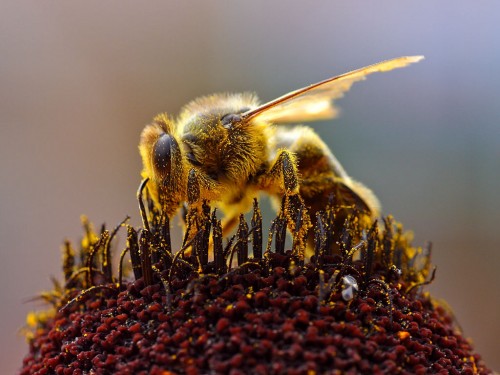
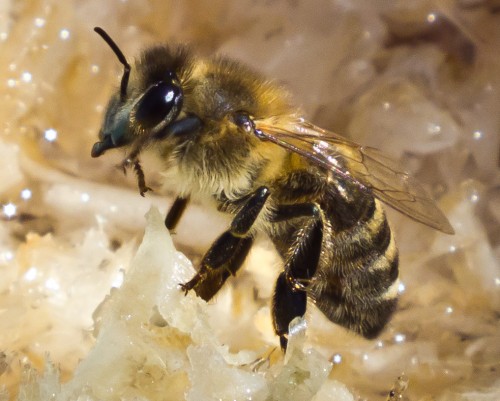
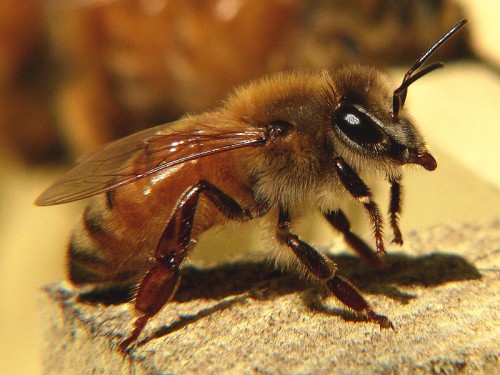
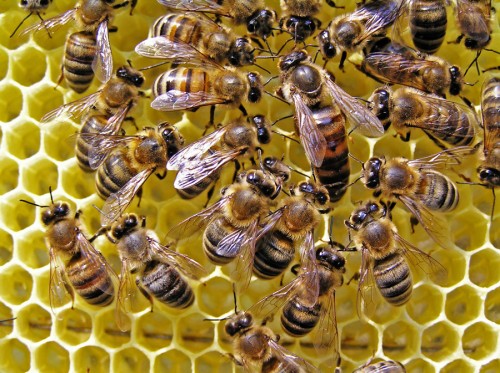
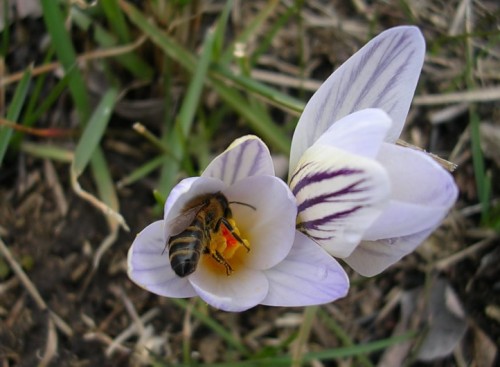
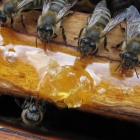
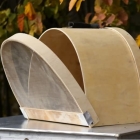
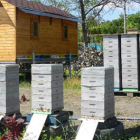
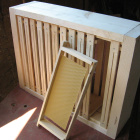
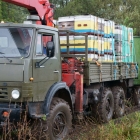
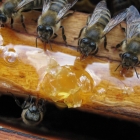
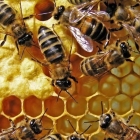
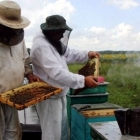
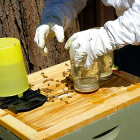
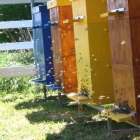
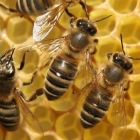
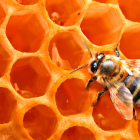
 Start a discussion ...
Start a discussion ...